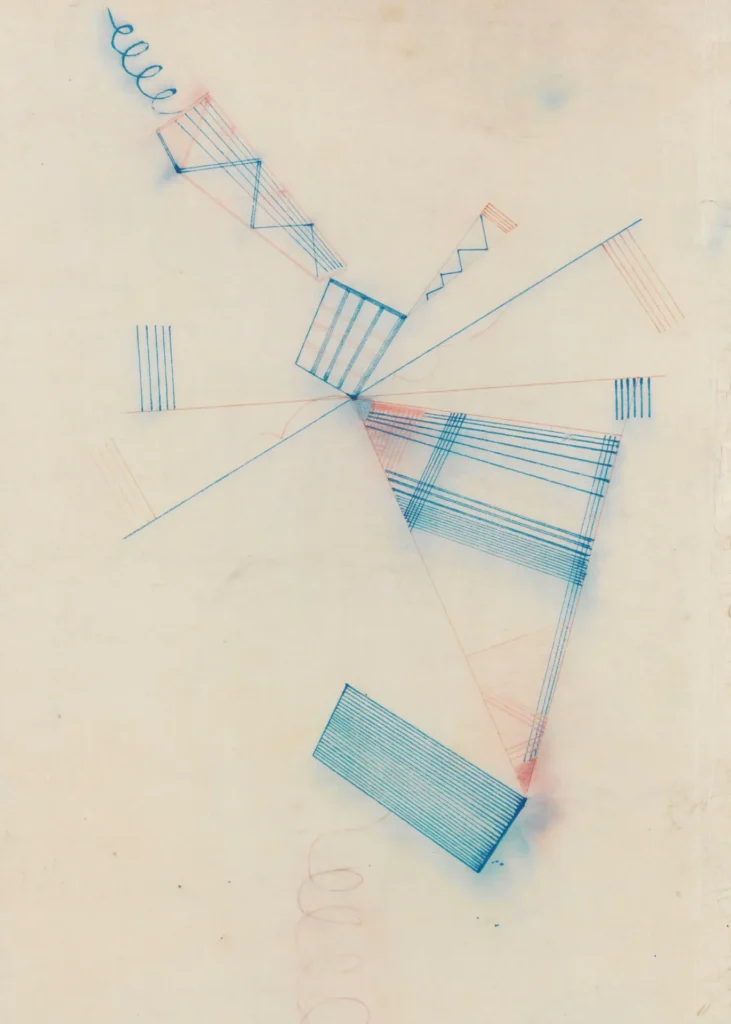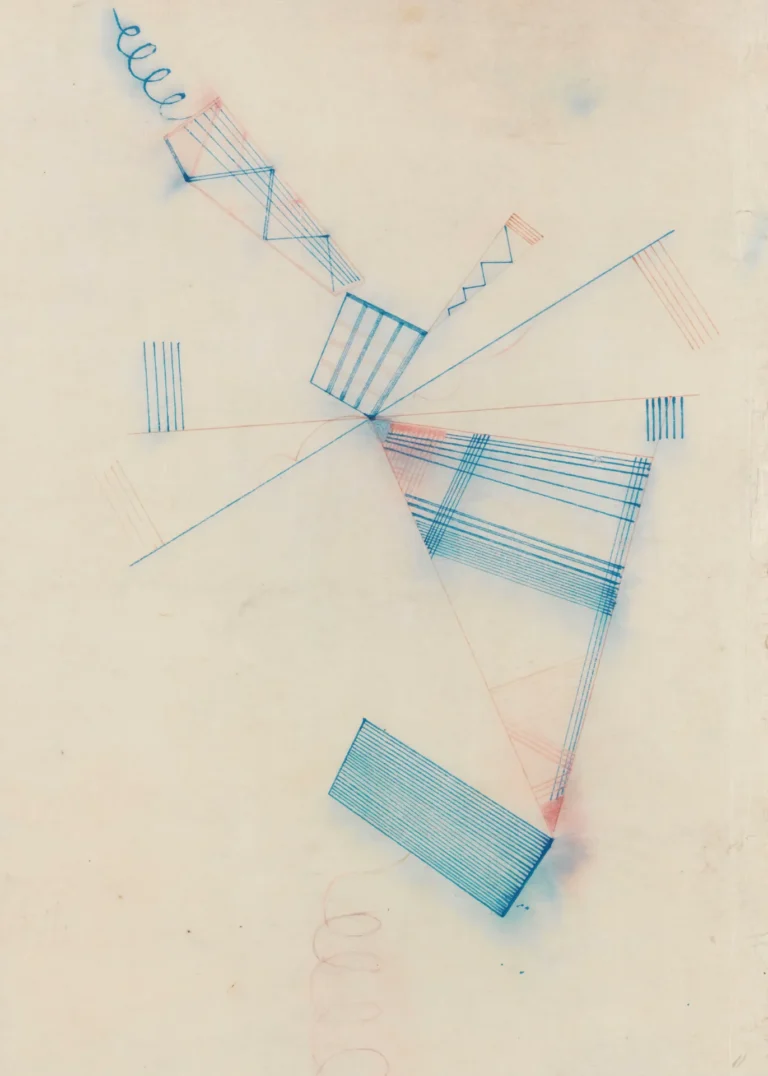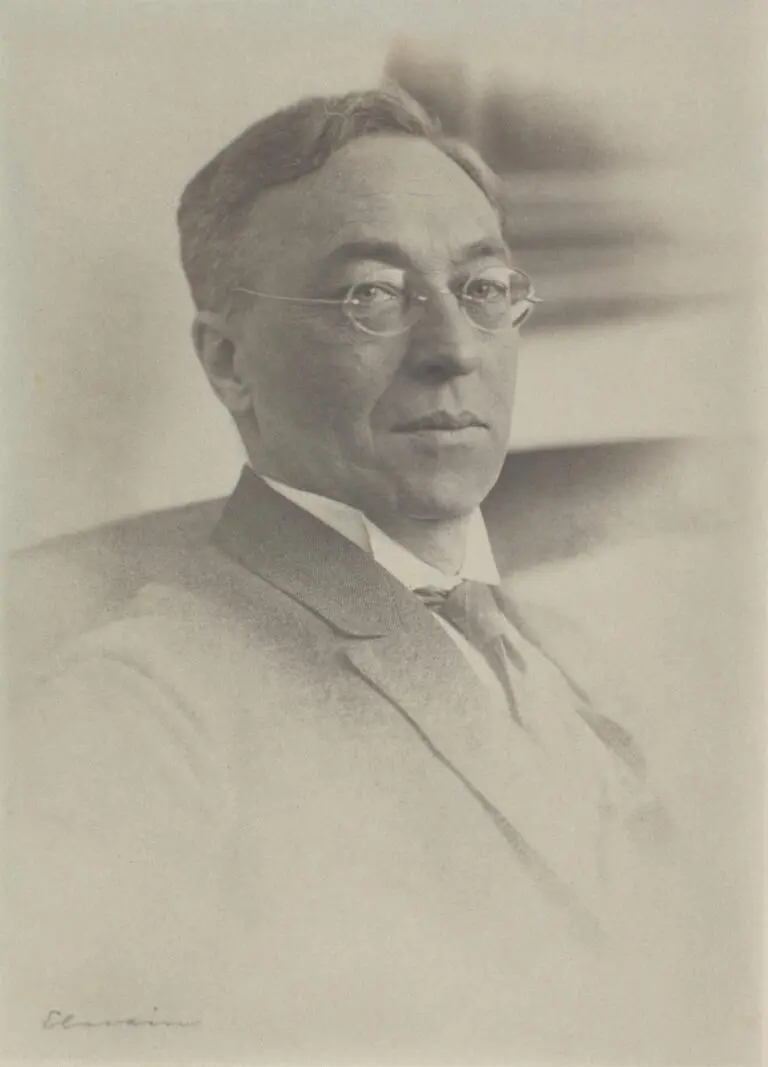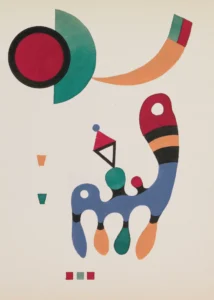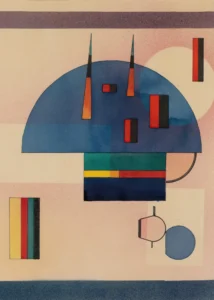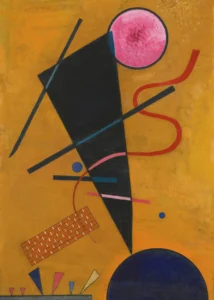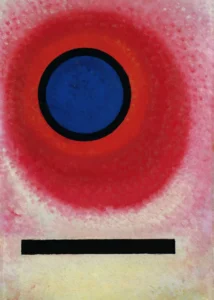Zwei Spiralen (1932)
Wassily Kandinsky's Zwei Spiralen is a remarkable watercolor artwork created in 1932, showcasing a brilliant abstract composition of red and blue ink lines set against a clean white background. The dimensions of the piece, measuring 41 x 25 cm, enable an intimate view of its intricacies. Kandinsky, a prominent figure in abstract art, brings forth a dance of geometric shapes that invites viewers to engage with the emotions and energies each color invokes, making it a significant creation in his illustrious career.
1932
About the Artwork
The creation of Zwei Spiralen reflects Wassily Kandinsky's journey as a pioneering abstract artist who believed that art should convey emotional experience rather than representational reality. This artwork emerged during a time when Kandinsky was deeply exploring the connections between color, sound, and spirituality. His use of spirals symbolizes the dynamic movement and life force, embedding a sense of rhythm within the artwork. The juxtaposition of vibrant hues not only showcases Kandinsky's technical skill in watercolor techniques but also emphasizes his theories on color perception and abstract expression. The piece resonates with Kandinsky’s broader artistic mission to evoke deep emotional reactions in viewers, a hallmark of his legacy in the modern art movement.
Did You Know
Wassily Kandinsky is often credited with creating one of the first recognized abstract works of art. His theories on color and form greatly influenced the evolution of modern art.
In Zwei Spiralen, the spirals represent movement and a continuous life force, reflecting Kandinsky’s belief in the spiritual connection between color and music.
Kandinsky believed colors could evoke specific emotional responses, and Zwei Spiralen uses red and blue to express contrasting feelings, enabling a dialogue between opposing sensations.
Liked what you see? Add it to your collection.
Enjoyed reading? Share it.
... continued
Zwei Spiralen is a notable artwork created by the Russian painter and art theorist Wassily Kandinsky in 1932. Here are some key details about the piece:Medium and Technique
The artwork is executed in watercolor with pen drawings in red and blue ink.
Size
The dimensions of Zwei Spiralen are 41 x 25 cm (16.1 x 9.8 inches).
Style and Composition
The piece is characteristic of Kandinsky's abstract geometric style, featuring abstract shapes and lines. Specifically, it includes blue and pink lines on a white background, although the primary colors mentioned in more detailed descriptions are red and blue.
Artist
Wassily Kandinsky is widely regarded as a pioneer of abstract art. He was a Russian painter and art theorist who played a significant role in the development of modern art.




